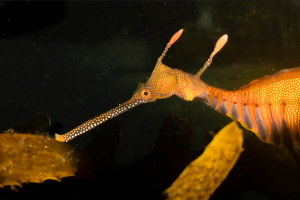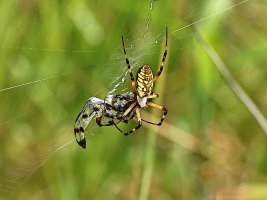I'm struggling to understand where you would use manual focus at a long focal length for macro work.Arguments like this just don't follow - macro shooting, just like any other photography, can benefit from a range of different focal lengths depending on the subject and circumstances. 100 mm is certainly not "just as useful" if you need to shoot from further away, for whatever reason. Also, a longer lens can result in more background blur at the same depth of field. Manual focus is often used both hand-held and on a tripod, and even to pre-focus when using a rail. IS and AF are both useful, and both can be switched off when you don't want them - but can't be switched on if you don't have them.
Background blur is normally important for portrait work in my experience and 200mm would generally be considered a long focal length for portraits.
I have done some f2.8 macro shots of underwater subjects but the keeper rate is low even with OIS/AF but satisfying when it works.
Normally, I would be working at f9 to f18 when using my EF100mm (with OIS/ centre point AF) handheld.
For tripod work, the rail provides moves the depth of field in steps over the subject so no issues with manual focus but does a longer focal length assist in this case? The manual focus MP-E 65mm f/2.8 is perfect for tripod work but would you use it handheld?
Upvote
0





